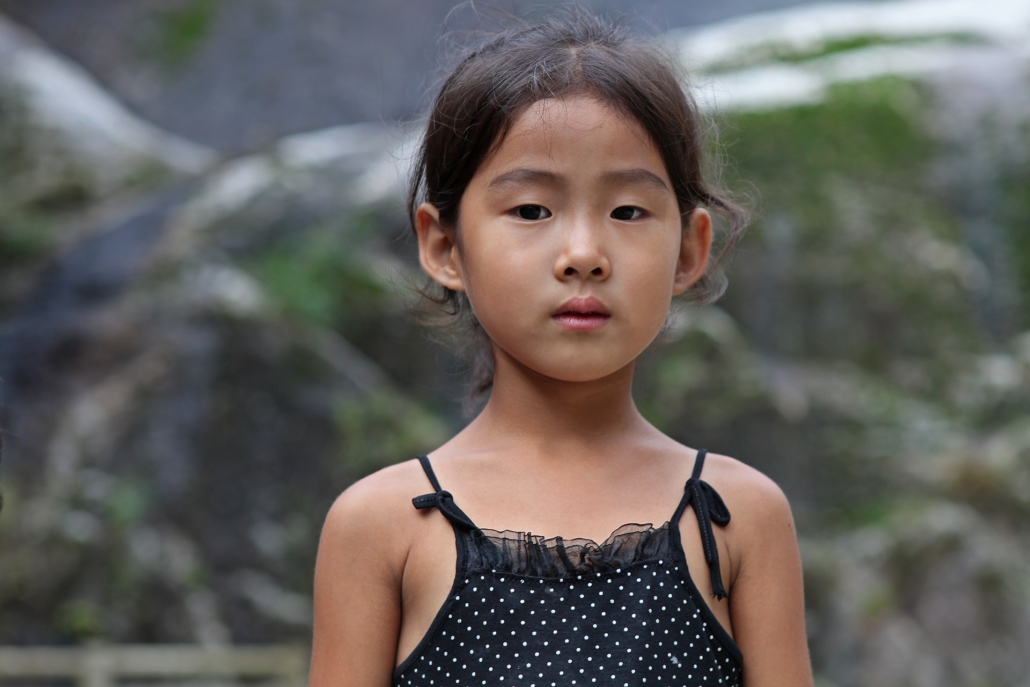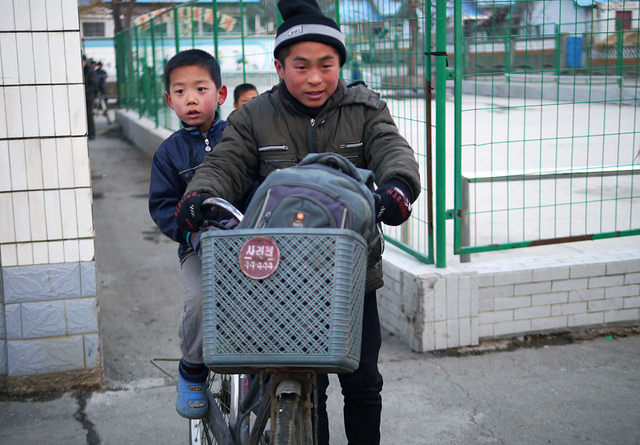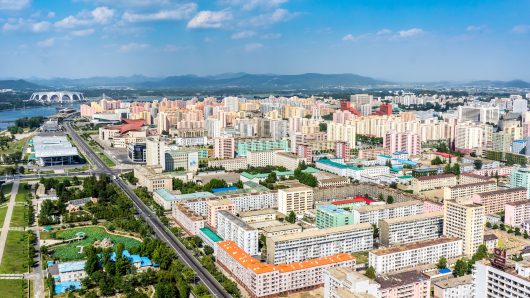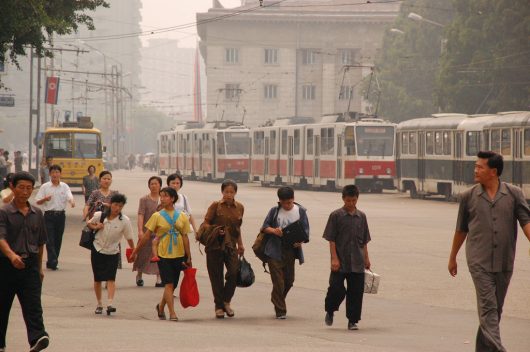 In North Korea, under the rule of Kim Jong-Un, the country stands as one of the world’s most repressive nations, where the government prioritizes collective interests over individual freedoms. Basic rights and freedoms are severely restricted, with citizens lacking access to what many consider everyday freedoms, including the choice of hairstyles, access to Western television, computers, phones and the enjoyment of foreign music. However, South Korean charities play a crucial role in addressing these challenges, offering support to those who manage to escape this oppressive environment.
In North Korea, under the rule of Kim Jong-Un, the country stands as one of the world’s most repressive nations, where the government prioritizes collective interests over individual freedoms. Basic rights and freedoms are severely restricted, with citizens lacking access to what many consider everyday freedoms, including the choice of hairstyles, access to Western television, computers, phones and the enjoyment of foreign music. However, South Korean charities play a crucial role in addressing these challenges, offering support to those who manage to escape this oppressive environment.
Unfortunately, North Koreans caught engaging in activities deemed illegal, face imprisonment or even execution in public. Since the death of Kim Il-Sung from 1994 to 1998, a period referred to as “The Arduous March,” many citizens have suffered from malnutrition and health issues.
The Journey of North Korean Defectors
Many North Koreans face a daunting choice to defect in pursuit of a better life, risking immediate death if caught using secret escape routes. Hence, some resort to bribing brokers for assistance in crossing the Yalu River, yet even with such help, evading capture along the border remains uncertain.
Furthermore, those who escape to South Korea and seek asylum consider themselves fortunate, yet they encounter challenges adjusting to an unfamiliar environment. Defectors gain the freedom to listen to music, watch movies and make life choices not dictated by their previous government. However, navigating these changes proves difficult and stressful, particularly for individuals who flee alone, without the support of family or friends.
Following are five South Korean charities that focus on aiding North Korean defectors in starting anew.
Hanawon
A prominent resettlement center for North Korean defectors, often compared to a mix between a halfway house and a trade school, opened its doors in 1999 with funding from Korea’s Ministry of Unification. At Hanawon, defectors undergo a 12-week program where they learn essential skills like using ATMs and navigating banks, grocery stores and public transport. Raised in an atheistic environment where religious materials were banned to ensure allegiance to their leader, North Korean defectors at Hanawon receive visits from volunteers across various faiths—Buddhist, Catholic, Christian—who introduce them to religious beliefs and practices, offering services for those interested in exploring newfound religious freedom.
Teach North Korean Refugees (TNKR)
Moreover, a Seoul-based nongovernmental organization specializes in teaching English to North Koreans. Teach North Korean Refugees commits to aiding refugees through one-on-one tutoring, speech competitions and mentoring for employment and educational opportunities. Consequently, it equips North Korean refugees with the skills to thrive in any setting where English is the primary language.
People for Successful Corean Reunification (PSCORE)
A nonprofit, nongovernmental organization located in Seoul actively promotes human rights in North Korea. It offers English classes and tutoring programs for North Korean defectors, emphasizing its global mission to advocate for North Korean human rights. The organization states, “Our global mission revolves around advocacy for North Korean human rights, with a core focus on empowerment through education and tutoring programs.”
Liberty in North Korea
An international nongovernmental organization focuses on aiding North Korean refugees in adjusting to their new lives. Liberty in North Korea achieves success in its resettlement program by fostering self-efficacy. The organization pairs newly arrived North Korean refugees with resettled North Koreans as role models. These mentors offer advice and encouragement on managing stress and trauma, providing relatable support from someone who has faced similar challenges, thus facilitating growth and adaptation.
Saejowi
A nonreligious, nonprofit organization in South Korea specializes in refugee counseling licensing and documenting the medical needs of North Korean refugees. Reports indicate that “90% of North Korean refugees arrive with untreated physical illnesses and Post-Traumatic Stress Disorder (PTSD).” However, Saejowi supports North Korean refugees who wish to become counselors for their peers by offering classes to develop and practice counseling skills. Consequently, more than 220 counselors have received licenses, enabling them to provide counseling to fellow refugees.
Looking Ahead
These five South Korean charities are diligently working to help North Korean defectors adjust to their new lives, emphasizing self-care and the importance of recognizing their worth. These organizations assist defectors in discovering their passions and deciding on future pursuits. In addition, by offering safety and protection, South Korean charities support defectors through the process of change, acknowledging that while change can be exhilarating, it can also be daunting.
– Nevin Guler
Photo: Unsplash

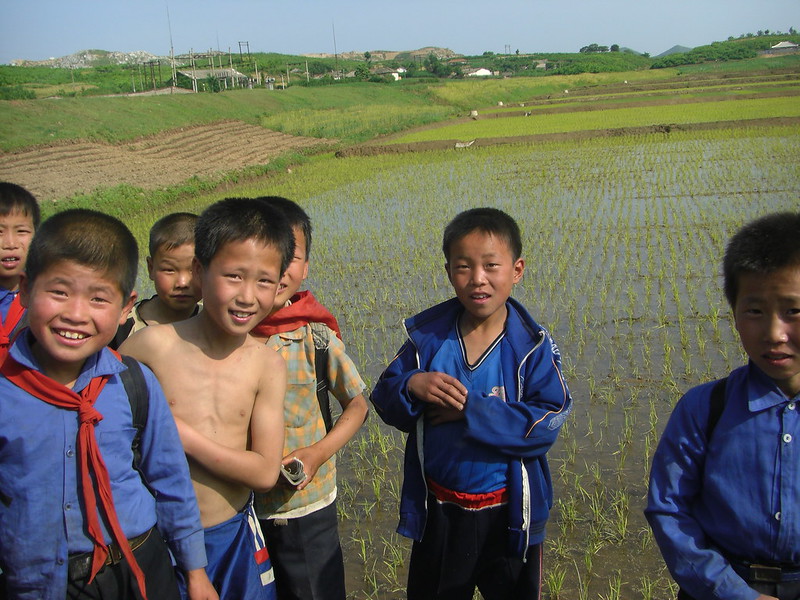
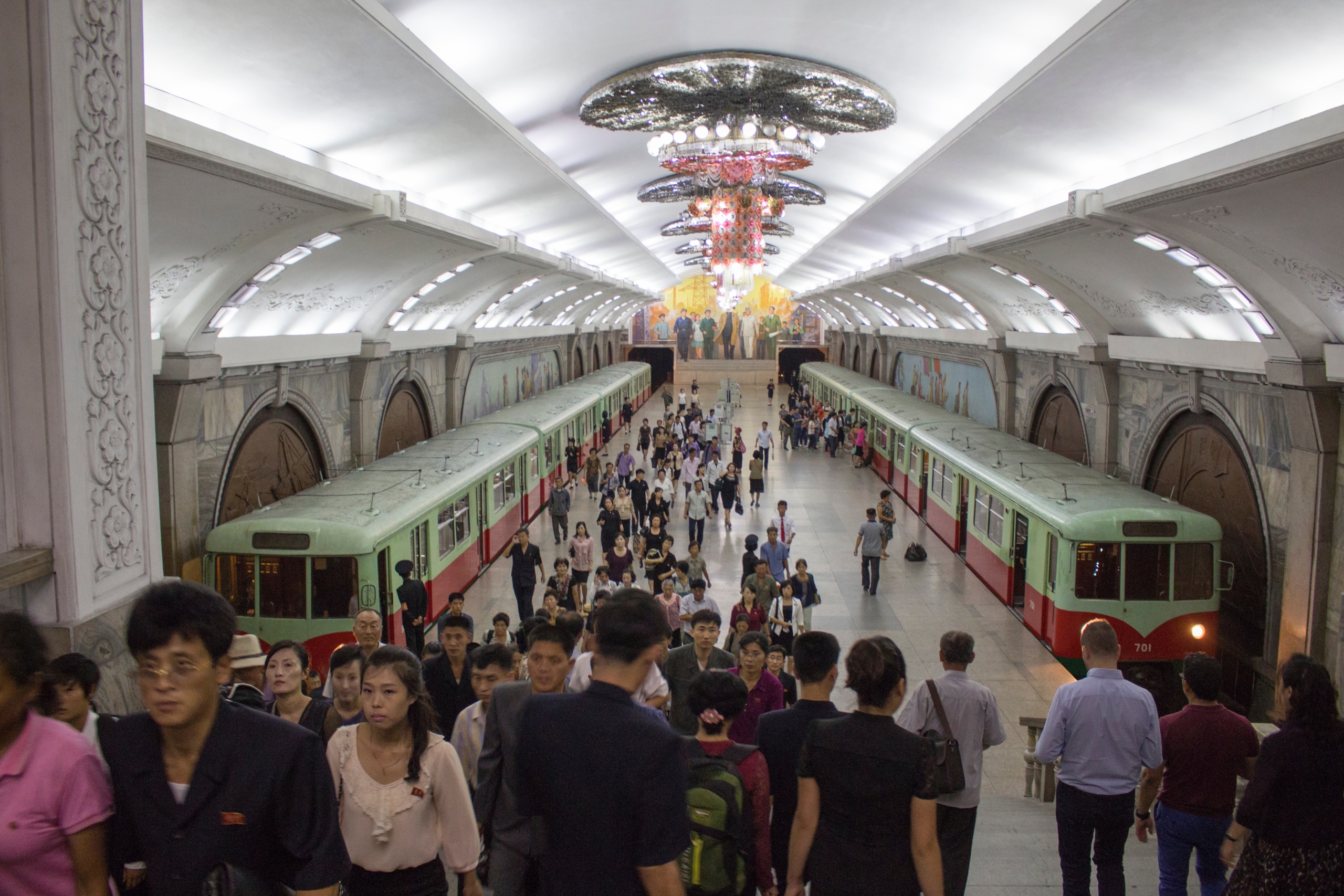 North Korea is a closed-off nation pretending to be its own island with the most militarized border in the world, even with the conflicts in Ukraine and Israel. It can be easy to overlook North Korea as a threat due to its failed aspirations to become a nuclear power and its political bluster on the international stage. However, North Korea has significant internal problems, none as severe as its domestic poverty. This article will examine the complex issue of poverty in North Korea, including its causes, effects on the populace and current initiatives to deal with it.
North Korea is a closed-off nation pretending to be its own island with the most militarized border in the world, even with the conflicts in Ukraine and Israel. It can be easy to overlook North Korea as a threat due to its failed aspirations to become a nuclear power and its political bluster on the international stage. However, North Korea has significant internal problems, none as severe as its domestic poverty. This article will examine the complex issue of poverty in North Korea, including its causes, effects on the populace and current initiatives to deal with it. 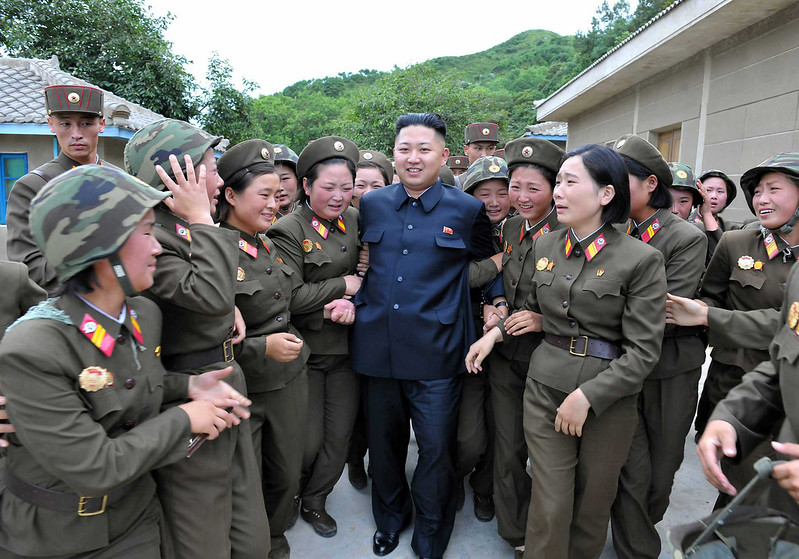 There are countless statistics and facts about global poverty on the internet. While this is very helpful in providing readers with a sense of what is happening around the world, it can be overwhelming. Unfortunately, statistics and facts do not adequately reflect the reality of impoverished nations. Thus, many people rely on novels to understand the human experiences within impoverished nations. Poverty in North Korea is unknown to most people, and books are a good way to educate readers.
There are countless statistics and facts about global poverty on the internet. While this is very helpful in providing readers with a sense of what is happening around the world, it can be overwhelming. Unfortunately, statistics and facts do not adequately reflect the reality of impoverished nations. Thus, many people rely on novels to understand the human experiences within impoverished nations. Poverty in North Korea is unknown to most people, and books are a good way to educate readers.